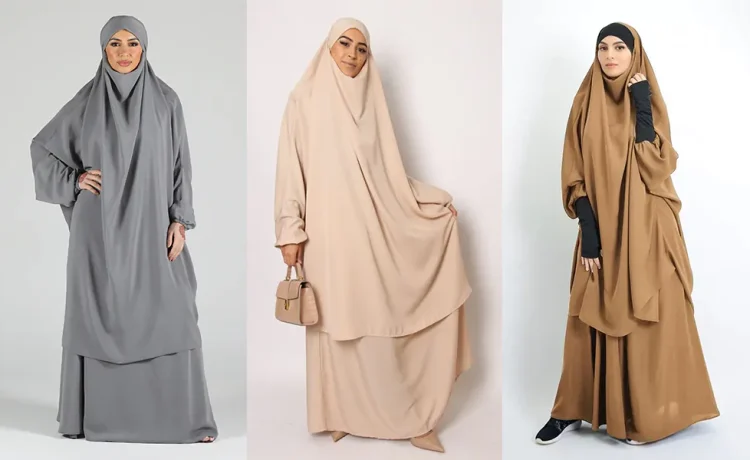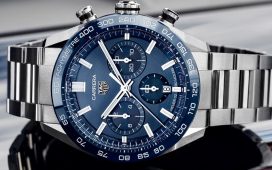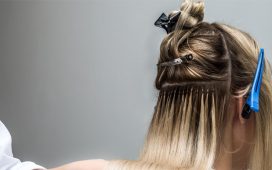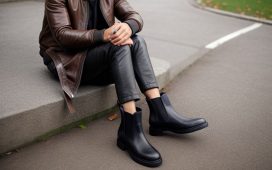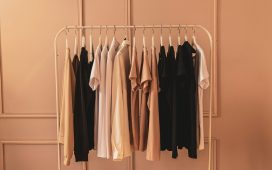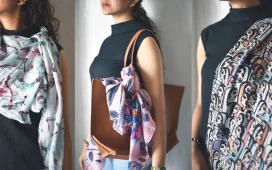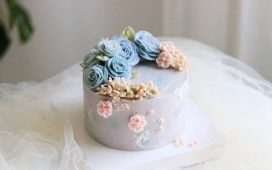The Baju Kurung has lengthy been a image of grace and heritage amongst usual malay clothes, combining modesty with magnificent craftsmanship. Worn for centuries through ladies throughout the Malay Archipelago, its easy silhouette and prosperous fabric talk to cultural pride. From festive celebrations to day by day wear, the baju tradisional melayu identification and artistry.
History and Cultural Significance
The origins of the Baju Kurung hint again to the Malay Sultanates of the fifteenth century. It advanced as a social marker, distinguishing royalty from commoners thru material excellent and ornamental elements. Over time, its reputation unfold throughout villages and towns, adopted with the aid of female of various backgrounds. Key factors in its cultural experience include:
- Royal patronage at some point of the Malacca Sultanate
- Trade influences introducing new textiles like silk and batik
- Adoption in neighbouring regions, shaping nearby variations
- Survival thru colonial durations as a shape of cultural resistance
By grasp its past, we respect how the Baju Kurung embodies resilience and harmony amongst Malay communities.
Elements of the Baju Kurung
Fundamental to any dialogue of Malay apparel are its defining features. The Baju Kurung consists of two principal components: the tunic pinnacle and the matching skirt. Crafted from light-weight substances such as cotton, silk, or rayon, it presents remedy in tropical climates. Decorative strategies beautify its splendour and frequently mirror neighborhood tastes:
- Embroidery alongside the neckline, sleeves, and hem
- Hand-drawn batik motifs stimulated by using vegetation and fauna
- Songket weaving with metal threads for festive occasions
- Pleats or gathers at the waist for a mild drape
As one of the most recognizable portions amongst standard malay clothes, the Baju Kurung balances characteristic and form, appropriate for each formal gatherings and day-to-day wear.
Variations Across Regions
Different states and islands have put their personal spin on the Baju Kurung, ensuing in patterns special to every locale. For example:
- Baju Kurung Kedah: A shorter tunic with aspect slits, paired with a sarong-like skirt
- Baju Kurung Pahang: Features a looser suit and minimal embellishment for ease of movement
- Baju Kurung Kelantan: Known for shiny batik patterns and contrasting piping
- Baju Kurung Johor: Incorporates a Mandarin collar and sturdy fabric for a structured look
These regional twists have a good time nearby custom whilst keeping the core traits that outline the baju tradisional melayu. Proper care preserves each the garment’s look and its sentimental value, permitting it to be exceeded down thru families. The Baju Kurung stands as a timeless logo of Malay elegance, marrying modest format with problematic artistry. From its royal beginnings to its contemporary revivals, it stays a cornerstone of common malay clothes, uniting previous and present. By exploring its history, structural elements, regional variants, styling possibilities, and care tips, we achieve a deeper grasp for one of Southeast Asia’s most enduring and stunning traditions.
FAQ
Q: Can men wear the Baju Kurung?
A: Men historically put on the Baju Melayu, a separate garment with its very own styling, even though some present-day designers’ test with gender-neutral designs.
Q: Is the Baju Kurung suitable for everyday wear?
A: Yes. Lightweight variations in cotton or rayon are best for each day activities, whilst silk or songket versions are reserved for one of a kind event.
Q: Where can I find authentic Baju Kurung fabrics?
A: Local markets in Malaysia and Indonesia provide batik and songket, and many on line shops specialize in standard material imports.

